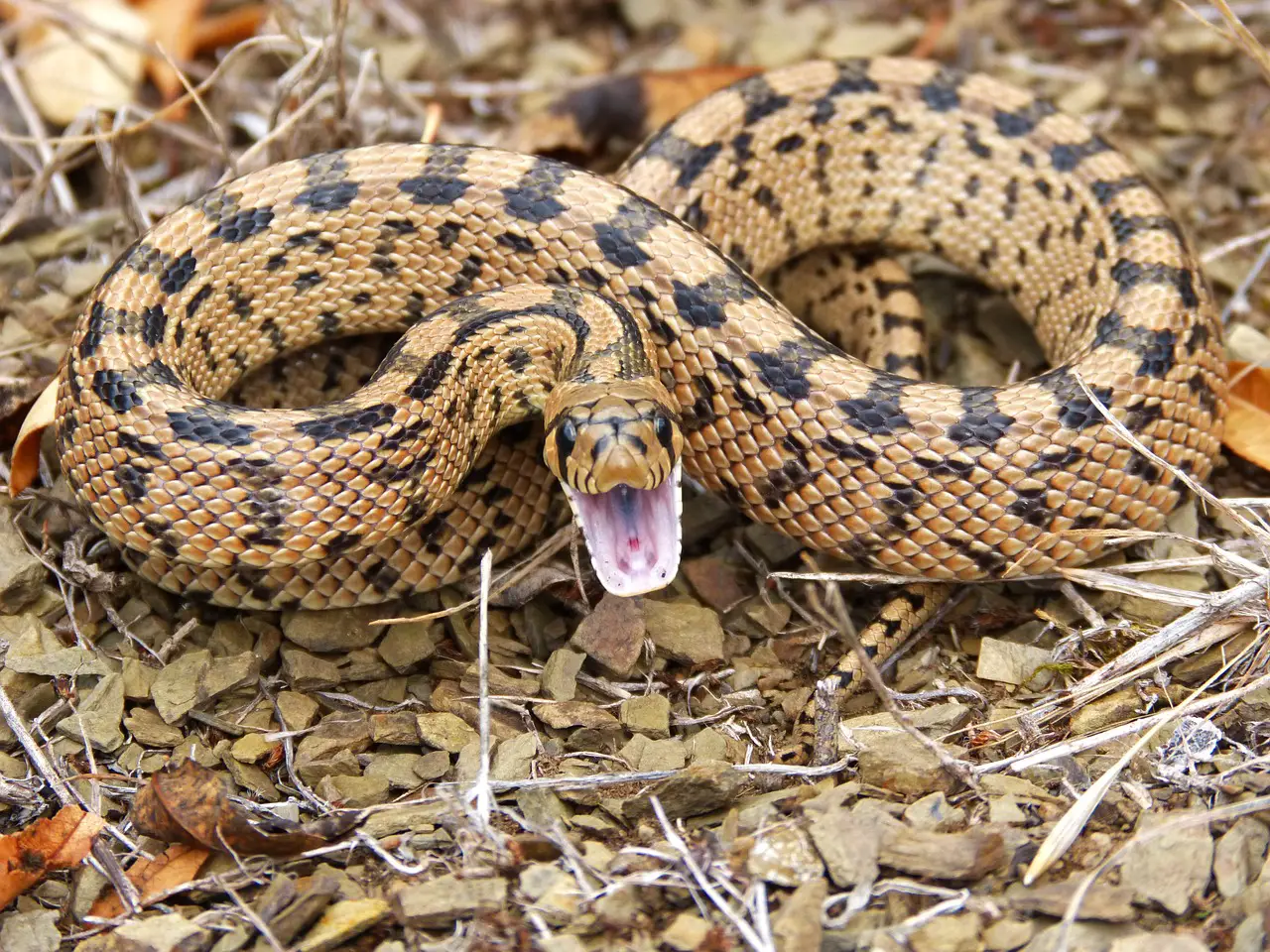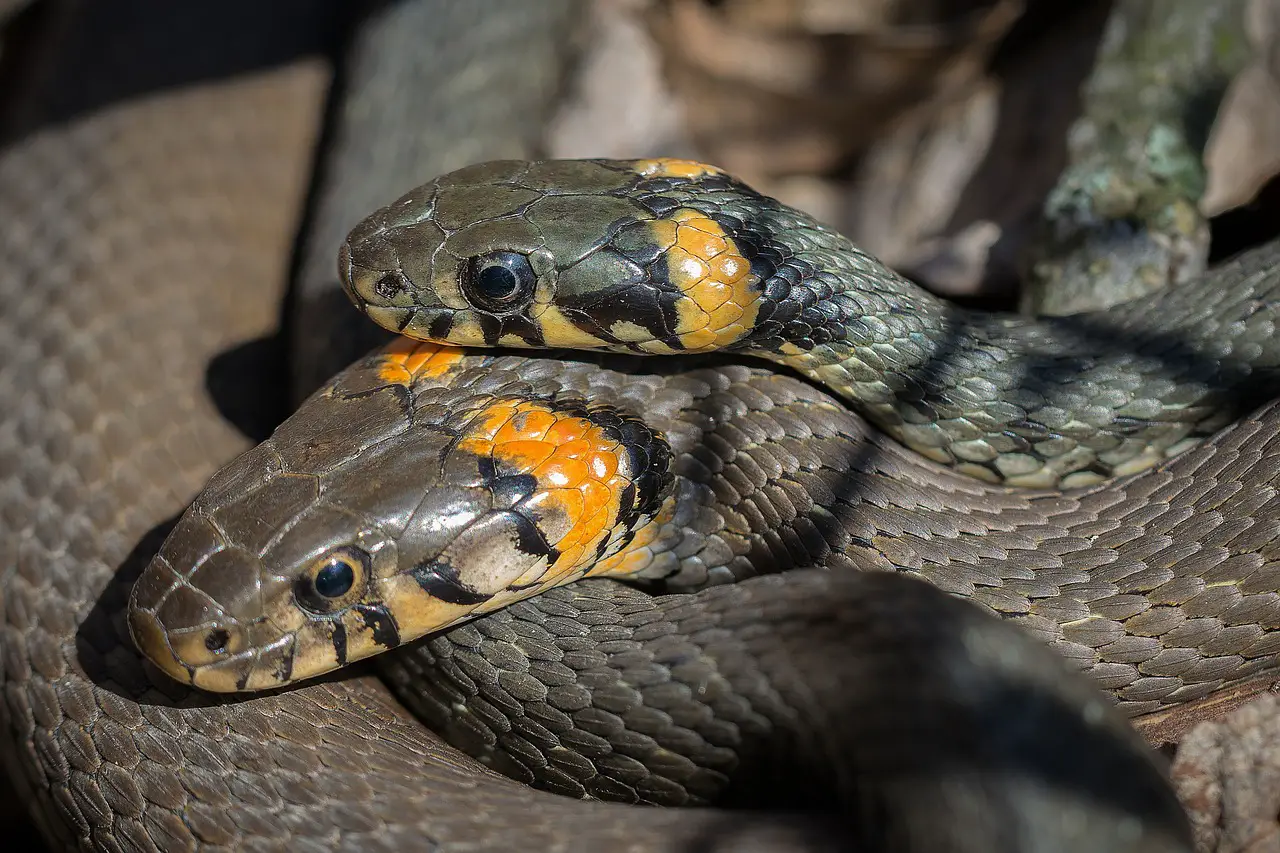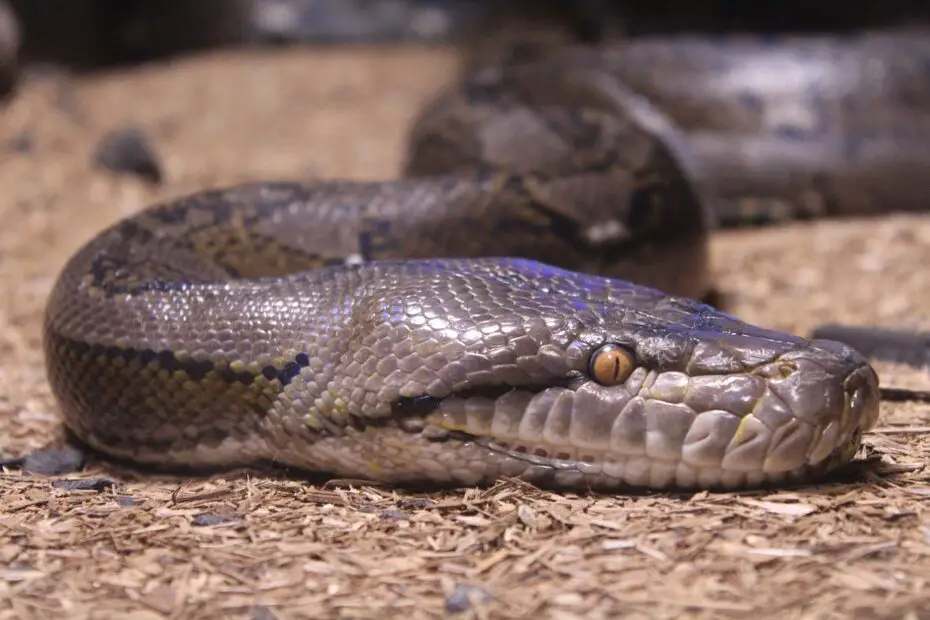Snakes are captivating creatures that have fascinated humans for centuries. From their graceful movements to their unique biology, snakes continue to intrigue us. One aspect of snake biology that often sparks curiosity is their mode of reproduction. In this article, we will delve into the world of snake reproduction and explore the question: Are snakes asexual?
You may also want to know how snakes reproduce.
Understanding Snake Reproduction
Snake reproduction is a complex and diverse field. Before diving into asexual reproduction, it’s essential to understand the basics of snake reproduction. Most snakes reproduce sexually, meaning they require the involvement of both male and female individuals to produce offspring. Sexual reproduction in snakes involves the mating of male and female snakes, fertilization of eggs, and subsequent development of embryos.
Types of Reproduction in Snakes
There are two primary types of reproduction observed in snakes: sexual and asexual reproduction.

Sexual Reproduction
Sexual reproduction is the most common mode of reproduction in snakes. It involves the fusion of gametes, which are reproductive cells, from a male and female snake. The male snake transfers sperm to the female snake, which then fertilizes the eggs. This process introduces genetic variation among offspring, leading to diverse populations.
Asexual Reproduction
Contrary to popular belief, snakes can indeed reproduce asexually. Asexual reproduction refers to the production of offspring without the involvement of a mate. While asexual reproduction is less common in snakes compared to sexual reproduction, it has been observed in certain species.
Asexual Reproduction in Snakes
Are Snakes Asexual? Asexual reproduction in snakes occurs through various mechanisms, two of which are most prominent: parthenogenesis and fragmentation.
Parthenogenesis
Parthenogenesis is a form of asexual reproduction where unfertilized eggs develop into viable embryos. In this process, the female snake’s eggs undergo development without being fertilized by sperm. Parthenogenesis can result in offspring that are genetically identical or partially identical to the mother.
Fragmentation
Fragmentation, also known as facultative parthenogenesis, is another mechanism of asexual reproduction observed in some snake species. It involves the fragmentation or splitting of the snake’s body, where each fragment has the potential to regenerate into a complete individual. This process is more common in species with high regenerative capabilities.
Advantages and Disadvantages of Asexual Reproduction
Asexual reproduction offers certain advantages and disadvantages to snakes that employ this reproductive strategy.

Advantages of Asexual Reproduction in Snakes
- Reproductive Independence: Asexual reproduction allows female snakes to reproduce independently without the need for a mate. This can be advantageous in environments where suitable mates are scarce or inaccessible.
- Rapid Reproduction: Asexual reproduction can lead to rapid population growth under favorable conditions. Female snakes can produce offspring more frequently without the time and energy investment required for finding and attracting mates.
Disadvantages of Asexual Reproduction in Snakes
- Lack of Genetic Variation: Asexual reproduction produces offspring that are genetically identical or nearly identical to the parent. This lack of genetic diversity can limit the adaptability of the population and increase susceptibility to environmental changes.
- Reduced Genetic Resilience: Without the genetic mixing that occurs during sexual reproduction, the offspring of asexually reproducing snakes may have reduced genetic resilience to diseases, parasites, and other challenges.
Examples of Asexual Reproduction in Snakes
While asexual reproduction is relatively rare in snakes, there have been documented cases in different species. Some examples include the Burmese python, the copperhead snake, and the brahminy blind snake.
Common Misconceptions
There are several misconceptions surrounding snake reproduction, including the belief that all snakes reproduce asexually. It’s important to note that the majority of snake species reproduce sexually, and asexual reproduction is the exception rather than the norm.
FAQs (Frequently Asked Questions)
1. Are all snakes asexual? No, the majority of snakes reproduce sexually. Asexual reproduction is observed in certain snake species, but it is relatively rare.
2. How do snakes reproduce sexually? Snakes reproduce sexually through the mating of male and female snakes. The male transfers sperm to the female, which fertilizes the eggs internally.
3. Can a snake change its reproductive strategy from sexual to asexual? There is no evidence to suggest that snakes can change their reproductive strategy from sexual to asexual or vice versa. A snake’s reproductive strategy is typically determined by its species.
4. Can asexual reproduction occur in captivity? Yes, asexual reproduction has been observed in some snake species in captivity. However, it is important to note that asexual reproduction is still relatively rare, even in controlled environments.
5. What are the advantages of sexual reproduction in snakes? Sexual reproduction introduces genetic variation among offspring, which can enhance adaptability to changing environments and increase the resilience of the population.
Conclusion
Are Snakes Asexual? In conclusion, while snakes are predominantly sexual reproducers, there are instances of asexual reproduction within certain snake species. Parthenogenesis and fragmentation are the primary mechanisms through which asexual reproduction occurs.
Asexual reproduction offers advantages such as reproductive independence and rapid population growth, but it also comes with limitations, including reduced genetic variation. Understanding the diverse reproductive strategies of snakes adds to our appreciation of their remarkable biology and evolutionary adaptations.
